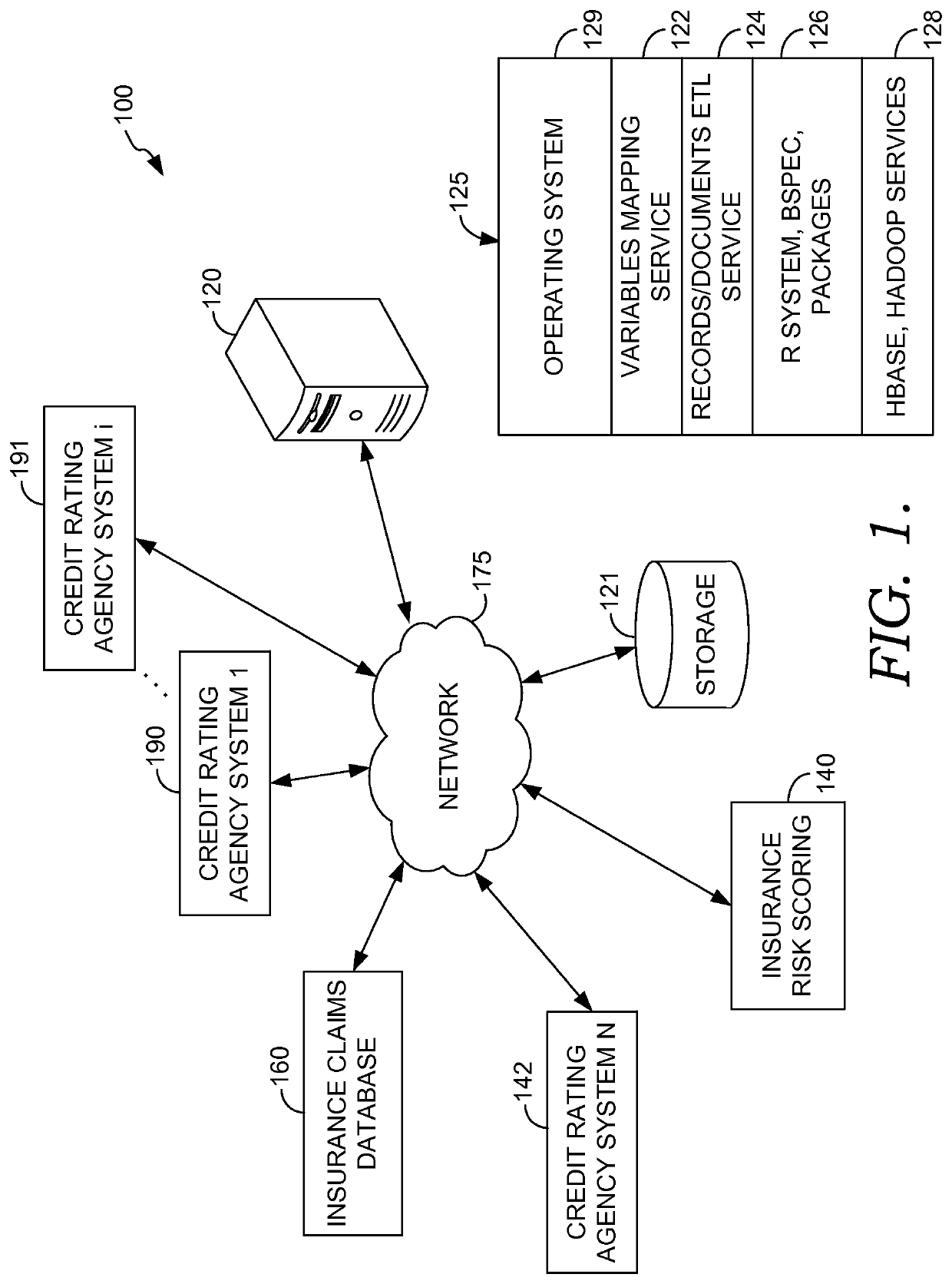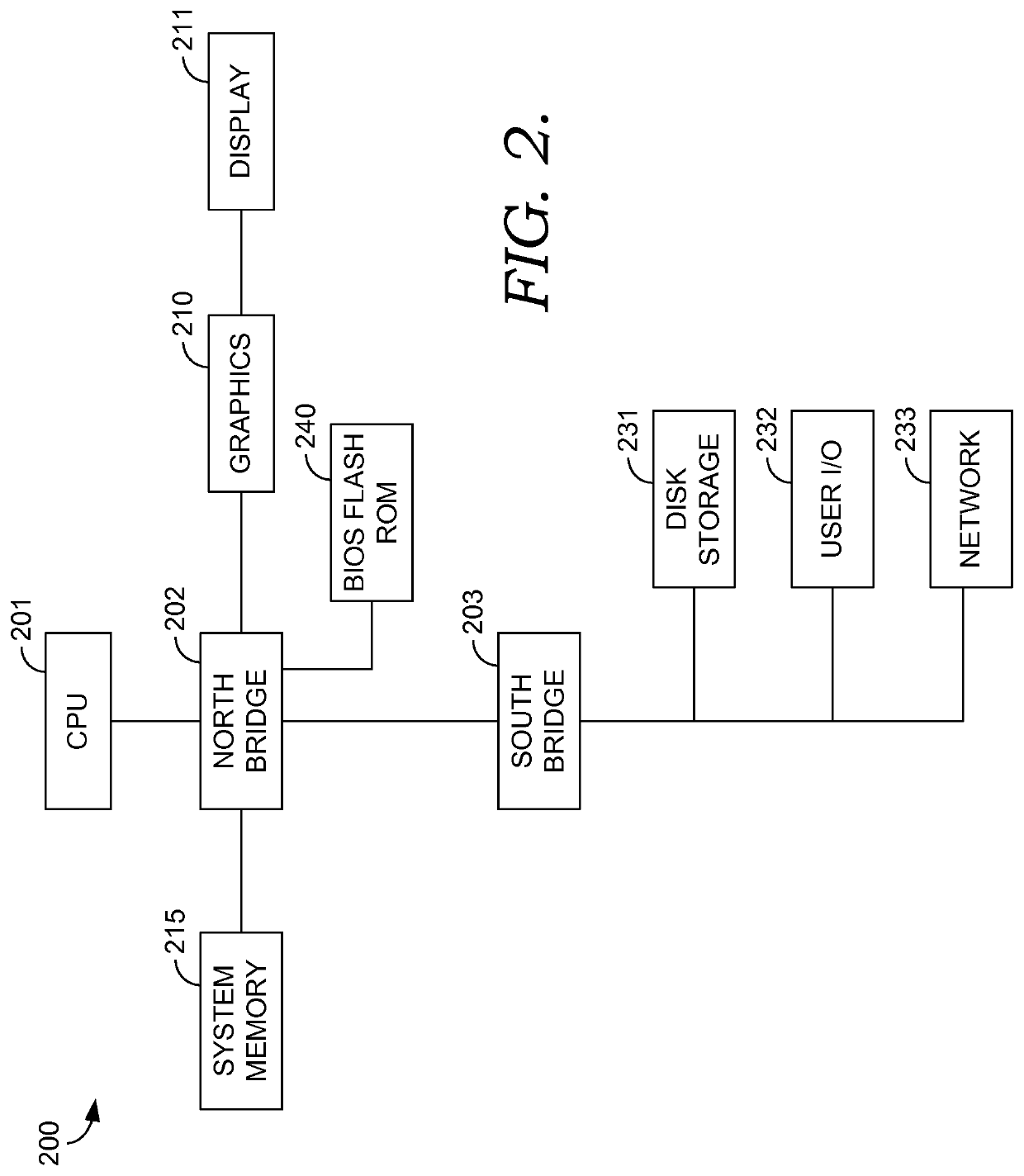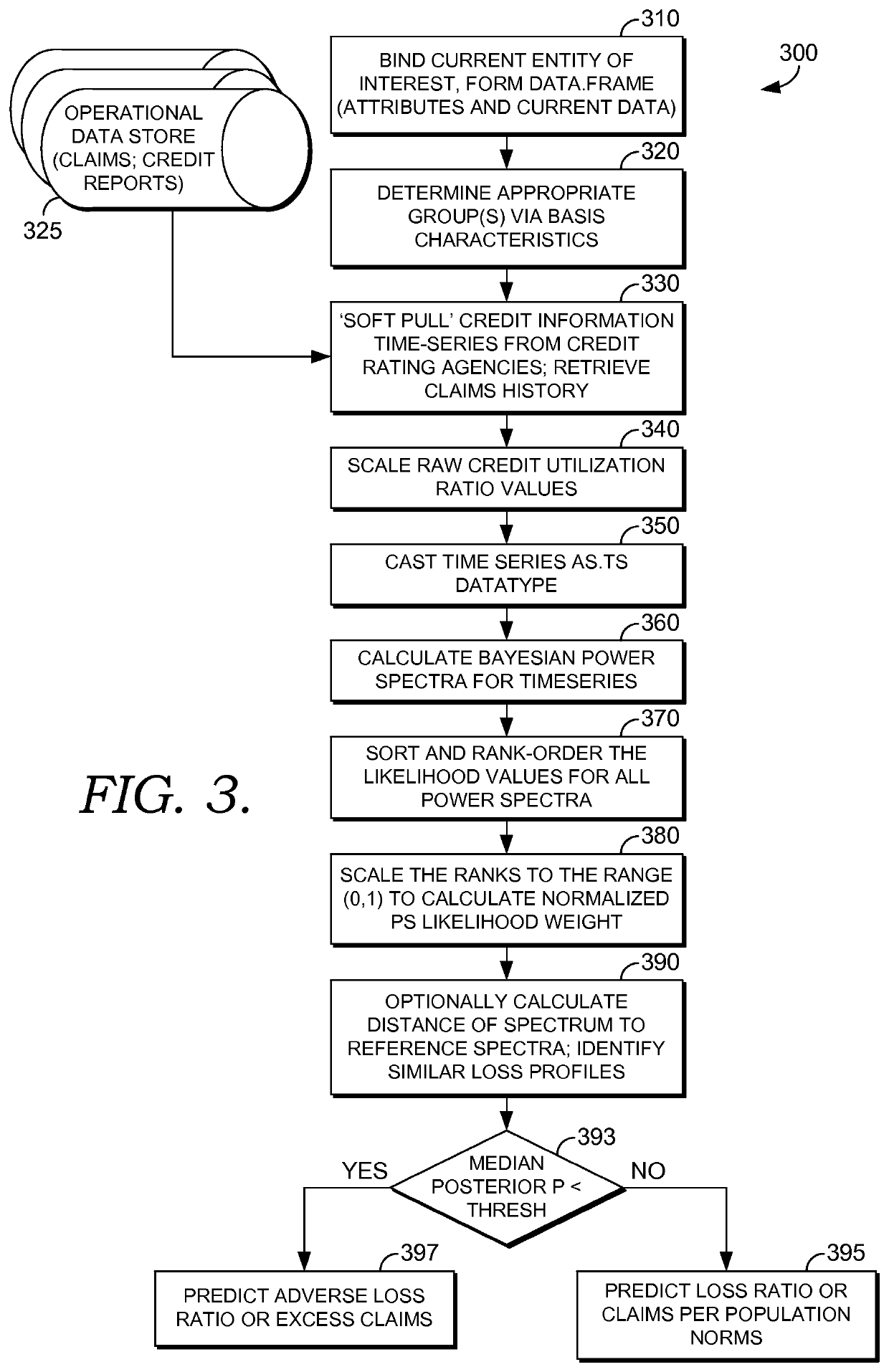Insurance risk scoring based on credit utilization ratio
a risk scoring and credit utilization ratio technology, applied in the field of insurance risk scoring based on credit utilization ratio, can solve the problems of not typically including credit report data in medical insurance underwriting, the use of credit history is often perceived to be in conflict with what, and the risk is sometimes difficult to achieve, so as to enhance the estimation accuracy of insurance loss ratio, restore risk to baseline, and mitigate the effect of inaccuracy in estimating the loss ratio
- Summary
- Abstract
- Description
- Claims
- Application Information
AI Technical Summary
Benefits of technology
Problems solved by technology
Method used
Image
Examples
Embodiment Construction
The subject matter of the present invention is described with specificity herein to meet statutory requirements. However, the description itself is not intended to limit the scope of this patent. Rather, the inventor has contemplated that claimed subject matter might also be embodied in other ways, to include different steps or combinations of steps similar to the ones described in this document, in conjunction with other present or future technologies. Moreover, although the terms “step” and / or “block” may be used herein to connote different elements of methods employed, the terms should not be interpreted as implying any particular order among or between various steps herein disclosed unless and except when the order of individual steps is explicitly described.
As one skilled in the art will appreciate, embodiments of the invention may be embodied as, among other things, a method, system, or set of instructions embodied on one or more computer-readable media. Accordingly, the embod...
PUM
 Login to View More
Login to View More Abstract
Description
Claims
Application Information
 Login to View More
Login to View More - R&D
- Intellectual Property
- Life Sciences
- Materials
- Tech Scout
- Unparalleled Data Quality
- Higher Quality Content
- 60% Fewer Hallucinations
Browse by: Latest US Patents, China's latest patents, Technical Efficacy Thesaurus, Application Domain, Technology Topic, Popular Technical Reports.
© 2025 PatSnap. All rights reserved.Legal|Privacy policy|Modern Slavery Act Transparency Statement|Sitemap|About US| Contact US: help@patsnap.com



